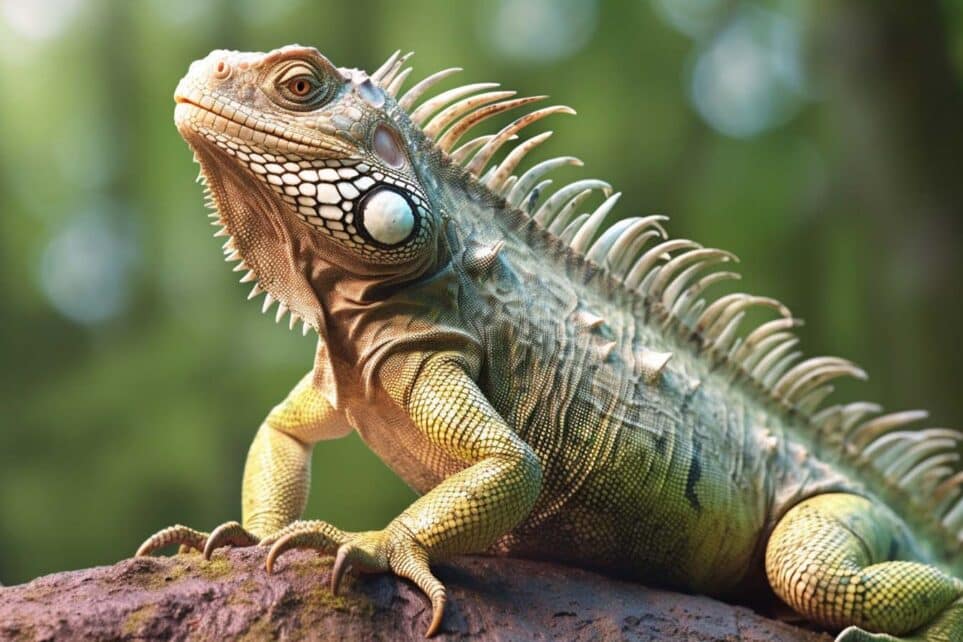If you live in Florida, chances are you’ve encountered an iguana at some point. These large, colorful reptiles are common in the state, especially in urban areas. But how much do you know about Florida iguanas? This article will share 10 fascinating facts about these impressive creatures.
- Iguanas are native to Central and South America. Still, they’ve been introduced to Florida due to the exotic pet trade. Today, they’re considered an invasive species in the state.
- Florida iguanas can grow up to 6 feet long, including their tail. That makes them one of the largest reptiles in the state.
- The green iguana is the most common species of iguana in Florida. Still, other species are also present, such as the black spiny-tailed iguana.
- Iguanas are cold-blooded, which means they rely on external heat sources to regulate their body temperature. They can often be seen sunning themselves on rocks, walls, and other surfaces in Florida.
- Iguanas are herbivores, which means they only eat plants. Their diet consists of leaves, flowers, fruits, and other vegetation.
- Iguanas have a unique adaptation called a third eye, located on the top of their head. This eye is sensitive to light and helps the iguana detect changes in its environment, such as the approach of a predator.
- Female iguanas lay clutches of eggs containing up to 70 eggs. Depending on the temperature, these eggs hatch after about 10-15 weeks.
- Iguanas are excellent swimmers and can hold their breath for up to 30 minutes underwater. They often use water as a means of escape from predators.
- While iguanas are not venomous, they have sharp teeth and can deliver a painful bite if provoked.
- Suppose you have an iguana problem in your yard or home. In that case, it’s important to contact a licensed wildlife removal service provider, such as Wildlife Removal Services of Florida (phone: 561-212-9255), to handle the situation safely and humanely.
In conclusion, Florida iguanas are fascinating creatures that are integral to the state’s wildlife. While they can be a nuisance in certain situations, it’s important to appreciate their unique adaptations and behaviors. We can better coexist with these reptiles in our shared environment by learning more about them.

